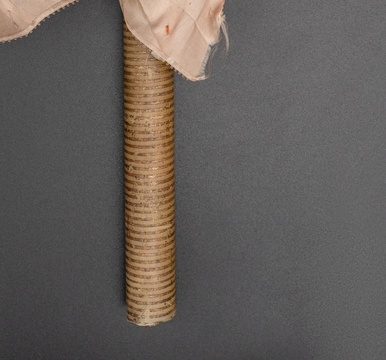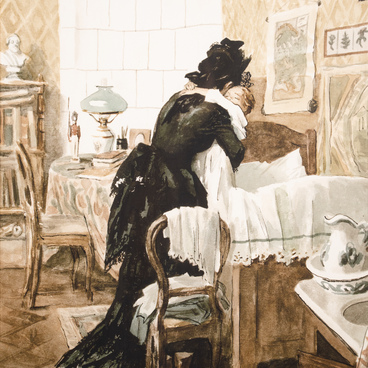The painting by the French artist Jean Duplessis-Bertaux illustrates a scene from the Battle of Austerlitz — the decisive battle between Napoleon’s army and the coalition of European forces. The battle of Austerlitz went down in history as the “Battle of the Three Emperors”, as the forces of the Austrian Emperor Franz II and the Russian Emperor Alexander I went up against the army of Napoleon I. This is one of the biggest battles of the Napoleonic era.
The battle took place on December 2, 1805. The Allied army of about 85,000 soldiers, 60,000 of which were Russians. General Mikhail Kutuzov was the commander-in-chief, but the actual decisions were made by Alexander I. Napoleon’s army outnumbered the allied forces by more than two times: 200,000 French soldiers arrived in the Austerlitz area. Confident in his victory and not wanting to scare off the enemy ahead of time, Bonaparte brought a little more than 70,000 soldiers to the field.
At the very beginning of the offensive, the Allied army fell into Napoleon’s trap. He guessed the enemy’s maneuvers and distributed his front so that it looked like easy prey. As a result, with the might of his army, he defeated three flanks of the Allied forces one by one. The Austrian soldiers were forced to retreat across frozen ponds, and Napoleon gave the order to shoot cannonballs at the ice. According to historians, up to 1,000 people died from fire and icy water, while Napoleon in his victory bulletin spoke of 20,000 drowned.
The right wing of the Allied army under the command of Bagration also retreated when Napoleon sent Murat’s cavalry against him. Emperors Alexander I and Franz II fled the battlefield long before the end of the battle. Kutuzov was wounded, barely escaped captivity and later became the Emperor’s scapegoat and was blamed for the defeat.
The Battle of Austerlitz is one of the most impressive moments of the novel “War and Peace”. The author uses Prince Andrey — a participant in this battle — to show the turning point of a person’s worldview. During the Battle of Austerlitz, Bolkonsky triumphantly picked up the banner from the hands of a standard-bearer struck by a bullet, raised his regiment to attack and received a severe head wound. Tolstoy put his character on the brink of life and death to question the integrity of his beliefs and devotion to his ideals.
In the face of death,
all falsehood and superficiality disappeared with only wonder at the wisdom and
beauty of nature embodied in the boundless sky of Austerlitz. Andrey thinks:


